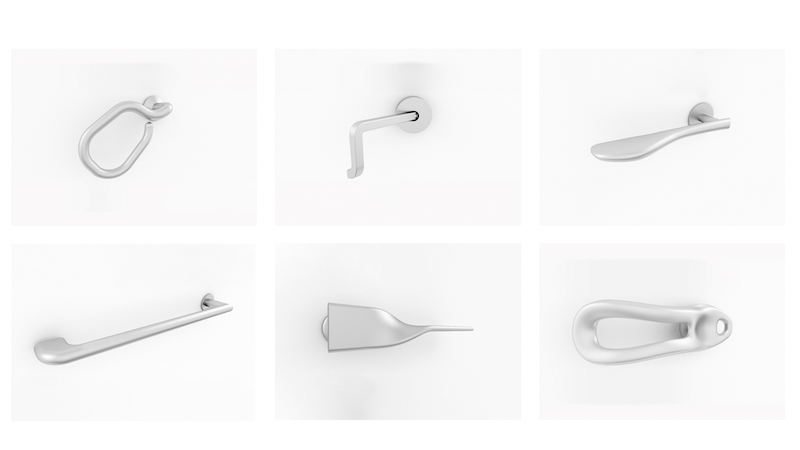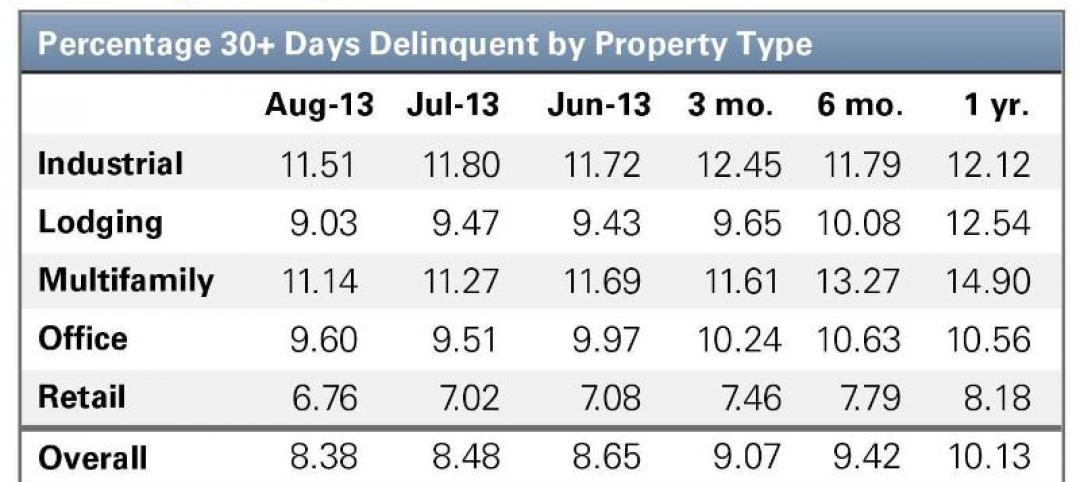Top international design and architecture firm Perkins Eastman recently released its newest white paper, “A Handle on Accessibility: Designing for a Future of Limited Mobility,” co-authored by Associate Michael Schur AIA, LEED AP, and Joshua Bergman, both based in the firm’s Chicago office. The paper marks the culmination of a six-month-long, in-house exercise in which Perkins Eastman’s Chicago staff engaged in various “empathy experiments”—e.g. simulating the tactile and sensory challenges encountered daily by seniors—and then broke off into smaller teams to design and fabricate a diverse array of door handles using 3-D printing technology. By applying a user-centered approach to design, integrating user analysis, and studying the physical constraints associated with aging, “A Handle on Accessibility” from start to finish set out to create a more accessible door handle and develop a clear understanding of the empathetic design process.
There is an accessibility challenge facing the U.S. According to the most recent census data and studies conducted by the U.S. Department of Health and Human Services, an estimated 1 in 5 people will be aged 65 or older by 2040. “These statistics,” say the authors, “suggest that in less than 25 years, nearly a quarter of the U.S. population will be faced with the physical limitations that come with aging: reduction of mobility and dexterity, visual and hearing impairment, bone and muscle weakness, and immune and memory deterioration.” On the front lines of this challenge is the door handle, a ubiquitous product that often gets overlooked, or otherwise tends to be designed with a form-before-function approach.
Following the teams’ empathy experiments, in which participating design and thought leaders formed evaluations based on first-hand limited-mobility and sensory deprivation exercises, solutions for new types of door handles began to materialize. The resulting six prototypes fall into three categories: 1) handles that adapted/evolved traditional handle forms (the “Seed” and “Twist” handles), 2) handles that rethought the handle form (the “Hand Hold” and “Loop” handles), and 3) handles that rethought how doors can be operated (the “Long” and “Crank” handles).
“As the U.S. population continues to age,” write Schur and Bergman, “[we as designers] have the opportunity to advance design through the re-working of overlooked elements of everyday life … The range and variety of the final designs emphasize the power of recognizing others’ needs…these explorations illustrate that the value of what we design ultimately lies in how well we understand the end-user and how well we are able to design for them.”
“A Handle on Accessibility” is available for free download here.
Related Stories
| Nov 13, 2013
Installed capacity of geothermal heat pumps to grow by 150% by 2020, says study
The worldwide installed capacity of GHP systems will reach 127.4 gigawatts-thermal over the next seven years, growth of nearly 150%, according to a recent report from Navigant Research.
| Oct 30, 2013
11 hot BIM/VDC topics for 2013
If you like to geek out on building information modeling and virtual design and construction, you should enjoy this overview of the top BIM/VDC topics.
| Oct 28, 2013
Urban growth doesn’t have to destroy nature—it can work with it
Our collective desire to live in cities has never been stronger. According to the World Health Organization, 60% of the world’s population will live in a city by 2030. As urban populations swell, what people demand from their cities is evolving.
| Oct 18, 2013
Researchers discover tension-fusing properties of metal
When a group of MIT researchers recently discovered that stress can cause metal alloy to fuse rather than break apart, they assumed it must be a mistake. It wasn't. The surprising finding could lead to self-healing materials that repair early damage before it has a chance to spread.
| Sep 19, 2013
What we can learn from the world’s greenest buildings
Renowned green building author, Jerry Yudelson, offers five valuable lessons for designers, contractors, and building owners, based on a study of 55 high-performance projects from around the world.
| Sep 19, 2013
6 emerging energy-management glazing technologies
Phase-change materials, electrochromic glass, and building-integrated PVs are among the breakthrough glazing technologies that are taking energy performance to a new level.
| Sep 19, 2013
Roof renovation tips: Making the choice between overlayment and tear-off
When embarking upon a roofing renovation project, one of the first decisions for the Building Team is whether to tear off and replace the existing roof or to overlay the new roof right on top of the old one. Roofing experts offer guidance on making this assessment.
| Sep 11, 2013
BUILDINGChicago eShow Daily – Day 3 coverage
Day 3 coverage of the BUILDINGChicago/Greening the Heartland conference and expo, taking place this week at the Holiday Inn Chicago Mart Plaza.
| Sep 10, 2013
BUILDINGChicago eShow Daily – Day 2 coverage
The BD+C editorial team brings you this real-time coverage of day 2 of the BUILDINGChicago/Greening the Heartland conference and expo taking place this week at the Holiday Inn Chicago Mart Plaza.
| Sep 3, 2013
Delinquency rate for commercial real estate loans at lowest level in three years
The delinquency rate for US commercial real estate loans in CMBS dropped for the third straight month to 8.38%. This represents a 10-basis-point drop since July's reading and a 175-basis-point improvement from a year ago.

















